7 Flavorful Alternatives When Red Wine Vinegar Runs Dry
Red wine vinegar delivers a sharp, fruity acidity that enhances salad dressings, marinades, and sauces.
When red wine vinegar isn’t accessible, options such as balsamic vinegar, white wine vinegar, apple cider vinegar, or even lemon juice can provide similar tang.
Each substitute varies in intensity and sweetness, requiring adjustments to balance flavors.
These alternatives retain the bright, acidic quality that lifts dishes while introducing unique nuances.
Knowing how to select and use vinegar replacements ensures your recipes remain fresh and vibrant.
These seven red wine vinegar substitutes open doors to creative flavor pairings without missing a drop.
Keep your pantry flexible with these trusted alternatives.
What Are Ideal Red Wine Vinegar Substitutes?
Red wine vinegar brings a lively tang to so many dishes. When it’s not available, there are other ways to add brightness. It’s all about keeping the flavor balanced and fresh.
Red Wine & White Wine Vinegar
Red wine vinegar's closest substitute combines white wine vinegar with red cooking wine, perfectly capturing the original's complex flavors without breaking the bank.
This clever mix delivers the right acidity from white wine vinegar while the red wine contributes that distinctive color and gentle sweetness you need.
You can use this blend in marinades, dressings, and sauces with excellent results that guests rarely notice.
Regular red cooking wine works perfectly fine for this purpose, so save your expensive bottles for drinking instead.
The substitution ratio is straightforward- for every 2 tablespoons of red wine vinegar in your recipe, simply mix 1½ tablespoons of white wine vinegar with ½ tablespoon of red wine.
Apple Cider Vinegar
Apple cider vinegar stands as a versatile kitchen staple that many cooks reach for when red wine vinegar isn't available.
This budget-friendly alternative delivers a rich, fruity flavor profile that works wonderfully in salad dressings, marinades, and sauces.
The distinctive apple-forward taste adds a pleasant dimension to recipes, though it offers slightly less acidity than red wine vinegar.
For most recipes, you can substitute in equal amounts - simply use 2 tablespoons of apple cider vinegar for every 2 tablespoons of red wine vinegar called for.
Serious home cooks might enhance this substitution by adding a small splash of actual red wine to better mimic the original ingredient's complexity.
Balsamic Vinegar & White Wine Vinegar
Balsamic vinegar is an excellent substitute for red wine vinegar in various recipes, offering a more aromatic profile with fruity and sweet undertones.
This dark, rich condiment works perfectly in salad dressings, marinades, and sauces when you're out of red wine vinegar but need something similar.
The main difference lies in balsamic's lower acidity and deeper flavor, which some cooks balance by adding a splash of white wine vinegar to recreate that characteristic tangy zip.
For best results, mix 1½ tablespoons of balsamic with ½ tablespoon of white wine vinegar to replace 2 tablespoons of red wine vinegar in your recipe.
Many chefs actually prefer this substitution because it adds complexity and depth to dishes that plain red wine vinegar might not provide.
White Wine Vinegar
Substituting white wine vinegar for red wine vinegar offers several notable benefits for home cooks looking to adjust their recipes.
This milder alternative provides a similar zippy flavor profile with fruity undertones while being less acidic than its red counterpart.
Many dishes like salads and sauces actually taste better with white wine vinegar since it doesn't overpower other ingredients in your recipe.
The main difference comes down to color, as white wine vinegar won't add that distinctive red tint to your foods.
For perfect results, simply use an equal swap - 2 tablespoons of white wine vinegar for every 2 tablespoons of red wine vinegar called for in your recipe.
Sherry Vinegar
Sherry vinegar stands out as an excellent replacement for red wine vinegar in tangy dishes, offering that familiar acidic punch while adding subtle sweet and fruity notes.
The rich, deep flavor profile makes this substitute slightly sweeter than red wine vinegar but still maintains enough tartness to work perfectly in most recipes.
You can easily swap these vinegars in equal amounts- just use 2 tablespoons of sherry vinegar when a recipe calls for 2 tablespoons of red wine vinegar.
Many chefs prefer this alternative in sophisticated recipes like vinaigrettes, marinades, and complex salad dressings where the nuanced flavor can truly shine.
Sherry vinegar comes from Spain and undergoes aging in wooden barrels, which explains its complex taste that elevates everyday cooking with minimal effort.
Rice Vinegar
Red wine vinegar substitutes can save your recipe when you're out of this pantry staple, with rice vinegar standing out as the top replacement due to its mild yet distinctly acidic profile that works beautifully in most dishes.
This Asian cuisine favorite brings a subtle sweetness that complements marinades and pickled vegetables without overpowering other ingredients.
For perfect results in your cooking, simply use 2½ tablespoons of rice vinegar for every 2 tablespoons of red wine vinegar called for in recipes.
Other alternatives like white wine vinegar or apple cider vinegar can work too, though their flavors tend to be more pronounced.
Many people actually prefer rice vinegar's gentler taste when making salad dressings or finishing sauces.
Lemon/Lime Juice
Substituting red wine vinegar with lemon or lime juice offers an excellent way to add tanginess to your dishes without needing a specialty ingredient.
Citrus juices provide that essential acidic kick while introducing a fresh, fruity zestiness that many recipes benefit from.
The affordability of lemons and limes makes this swap particularly appealing for home cooks on a budget.
Just remember that this substitution will notably change the flavor profile of your dish, so it works best in recipes where citrus notes would be welcome.
For best results, replace 2 tablespoons of red wine vinegar with 1/2 tablespoon of lemon or lime juice to achieve the right balance.
Most dishes will gain a wonderful brightness from this simple swap, making it a handy trick to keep in mind when your pantry is missing that bottle of vinegar.
What’s the Best Way to Balance Flavor When Substituting Red Wine Vinegar?
Red wine vinegar has a distinct tangy acidity and fruity undertones, so when substituting it, balancing flavor is key to maintaining your dish’s intended profile. Here’s how to do it:
With these adjustments, you can create a well-rounded flavor that closely matches red wine vinegar’s character.
DIY Homemade Red Wine Vinegar
Making your own red wine vinegar at home is simple and rewarding. It has a fresh, tangy flavor that’s perfect for salad dressings, marinades, and cooking:
Ingredients
Instructions
When Not to Substitute Red Wine Vinegar
Red wine vinegar has a bold, tangy flavor with the right level of acidity. In some recipes, swapping it out can change the taste, texture, or even safety of the dish:

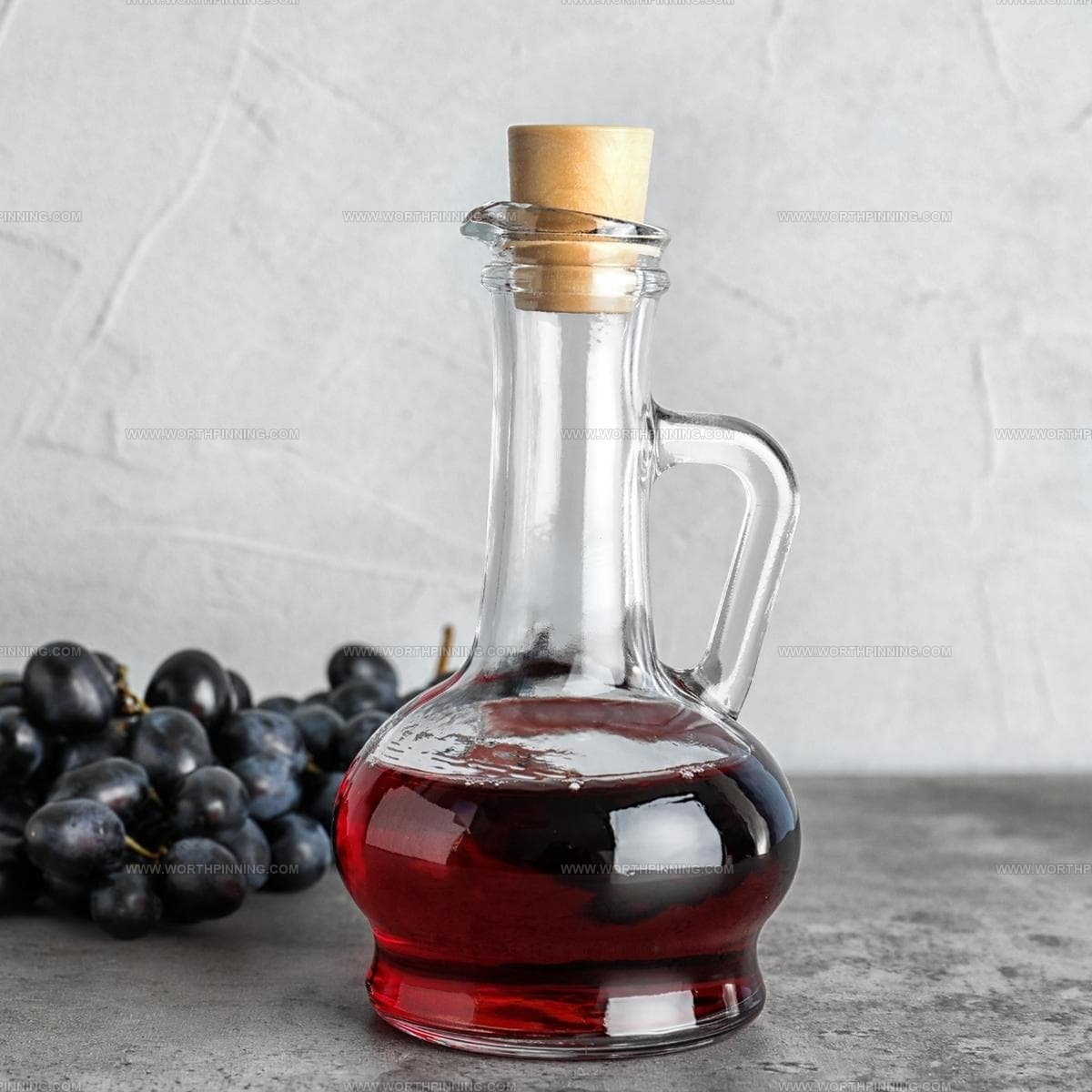

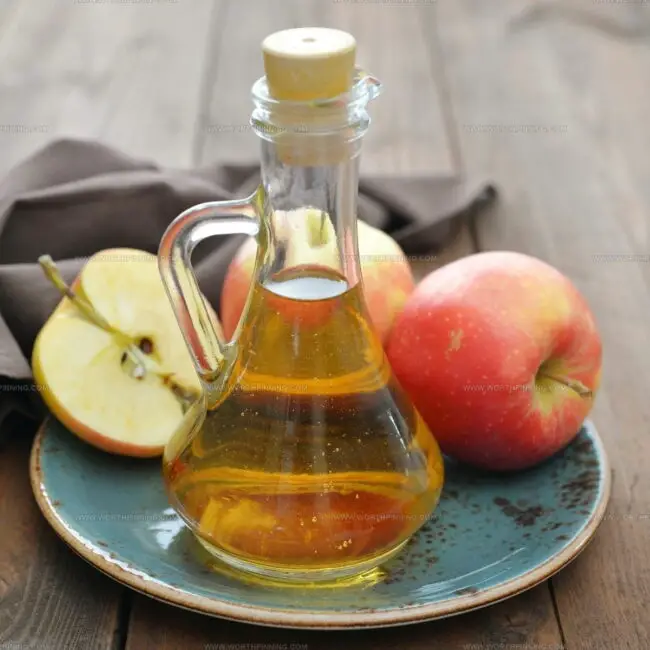
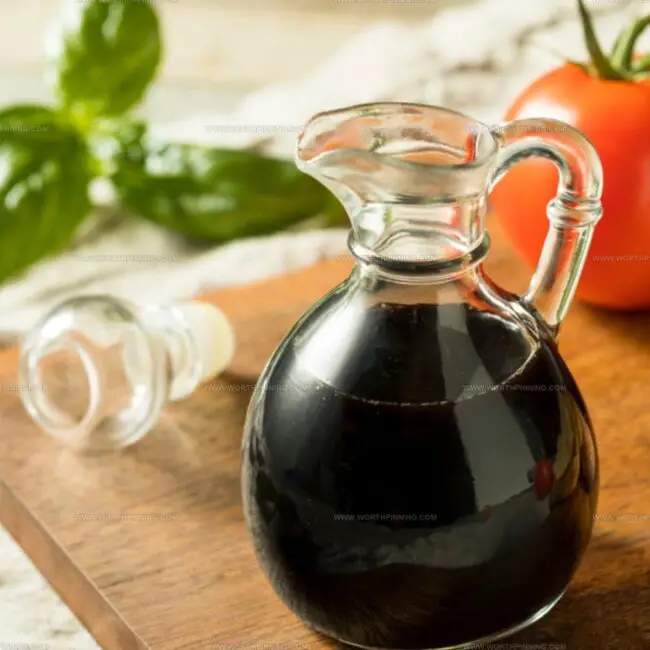
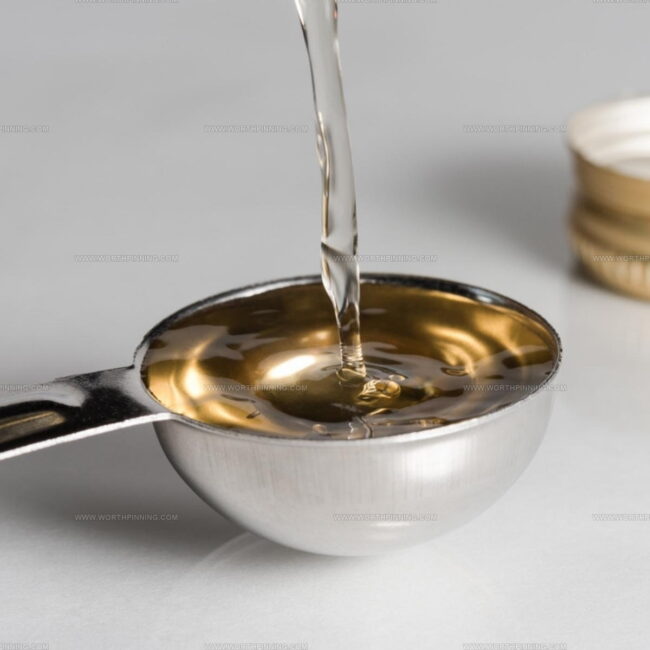
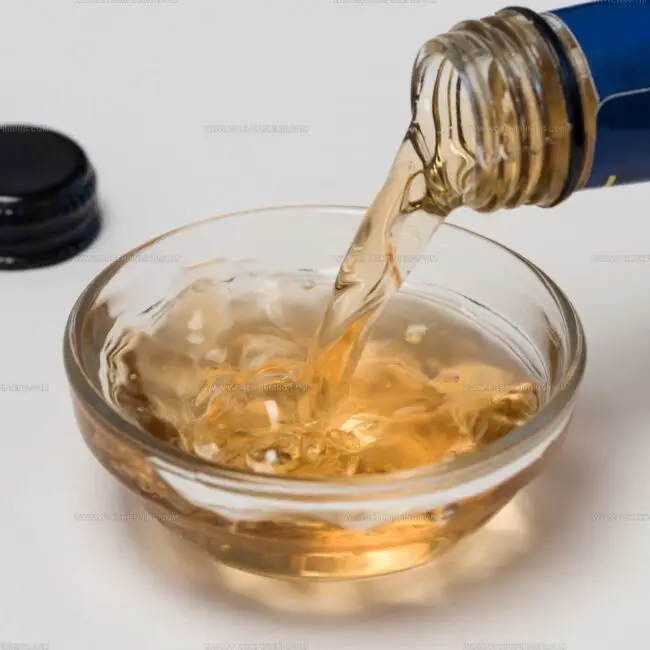
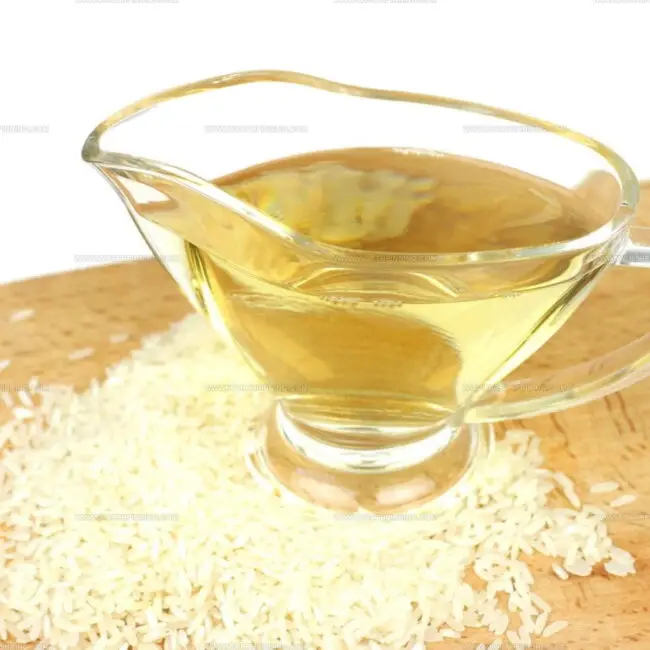
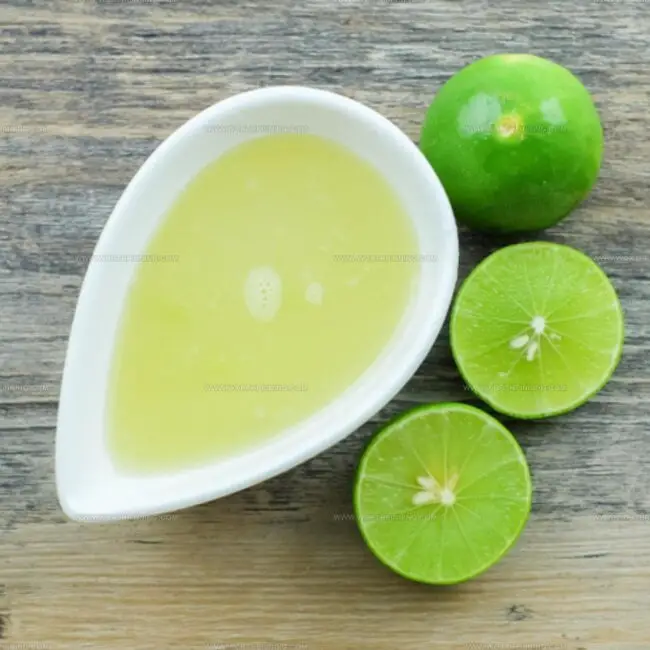
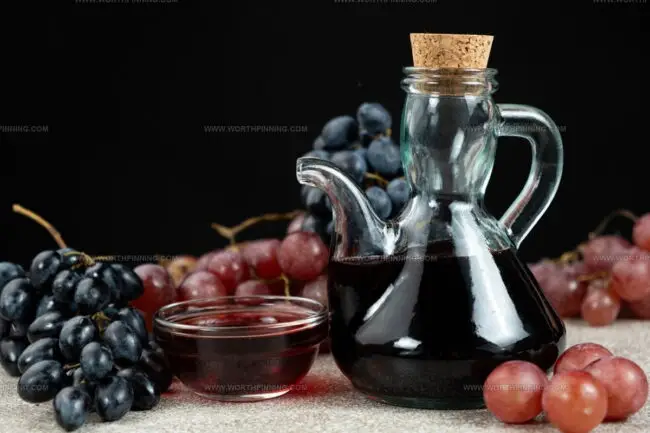
Sophia Rivera
Recipe Developer & Kitchen Tips Specialist
Expertise
Education
Austin Community College
San Antonio Culinary Institute
Sophia’s passion for baking began in her family kitchen, where she spent hours experimenting with new recipes. With a background in baking and pastry arts, she loves making desserts that are as visually stunning as they are delicious.
Sophia is all about using seasonal, locally sourced ingredients to create treats that everyone will enjoy. When she’s not creating mouth-watering desserts, you can find her gardening, making new recipes, or enjoying a relaxing afternoon with her family.